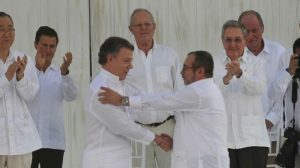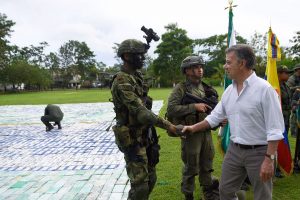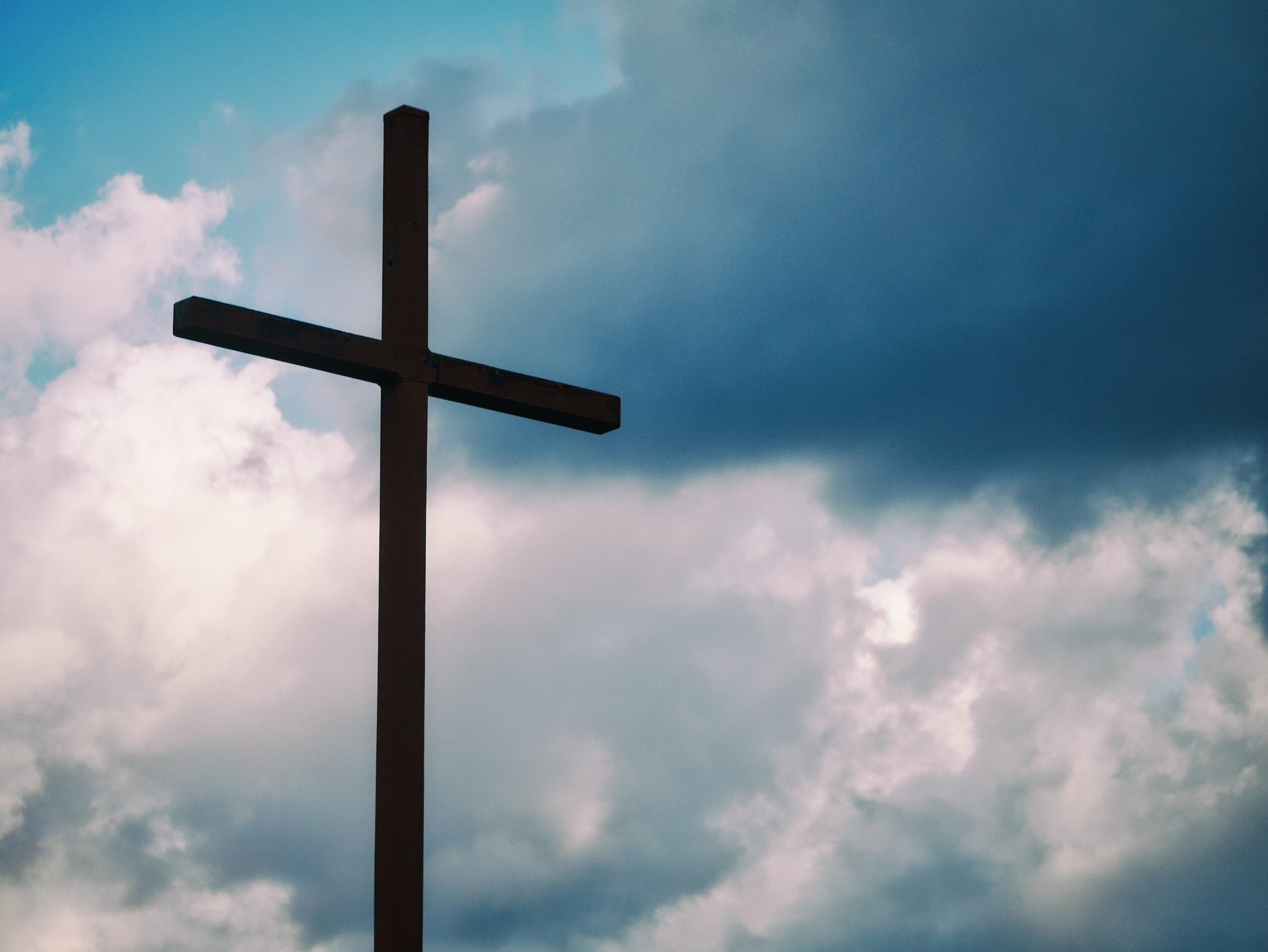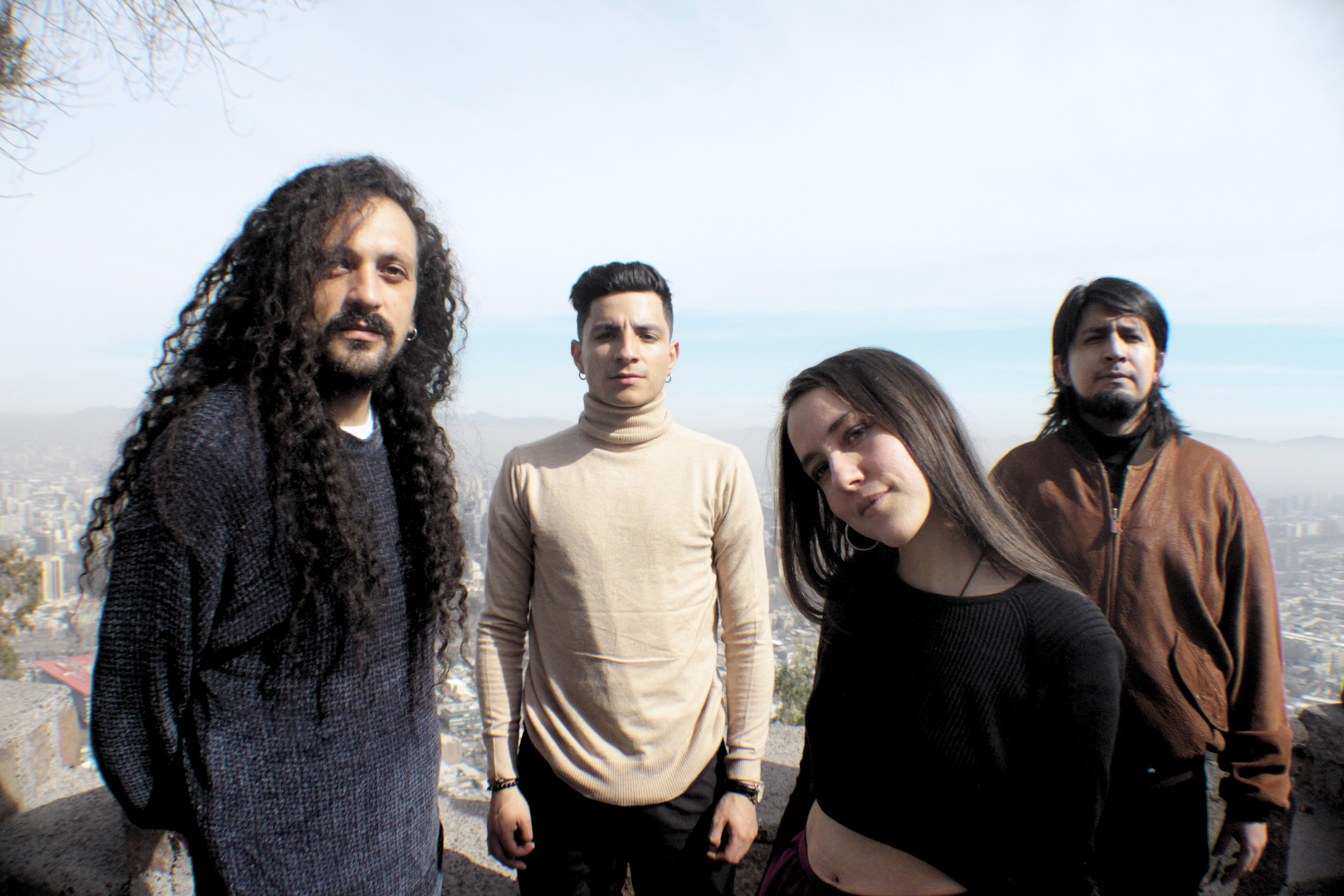
Photo courtesy of Zonacero
A year ago, on November 24, president Santos and FARC leader Timochenko signed a peace agreement between the Colombian government and FARC. Both parties had been negotiating this deal for over 4 years in Havana, Cuba. In signing it, they officially brought to an end the longest-running conflict in the Western Hemisphere. The conflict had lasted 53 years, resulting in 220,000 deaths and displacing more than 5 million refugees.
The agreement was lionised in the media after the Nobel Peace Prize was won by Santos. Santos, however, overplayed his hand when a first agreement was overruled by a resolute ‘NO’ in a public referendum. It led a political sidestep whereby a revised second agreement was created, one that only parliament could vote on. And meanwhile, the echo of ‘NO’ resounded in Colombian society.
The victory of ‘NO’ showed two things. First, that Colombians still harbour resentment towards the guerillas and that it will take time to overcome this emotion. And secondly, a political campaign led by former president Alvaro Uribe, filled with populist fervour and unacheivable promises, that created an untenable climate for a peace deal.
The peace deal is now a year old and it’s time for an evaluation. We present the good, the bad and the politics of the agreement.
The politics
An accurate review of the peace-process in its first phase of post-conflict Colombia is no walk in the park. It all depends on whom you ask. Some hail the positive results and the successes that followed. Others will tell you it’s a failure, heading towards disaster.
It’s important to keep in mind that it’s election season and that the race for the upcoming 2018 presidential election is changing the political climate. The current government is eager to show off their good work. On the other hand, as the peace deal wasn’t publicly backed by a second referendum, political opponents are arguing that the current peace deal isn’t broadly supported either and they have used this claim as electoral ammunition to their own benefit. This includes politicians who had previously backed the peace negotiations and converted into hardline critics of the deal.
The UN-mission in Colombia recently expressed criticism and serious concern about the peace process, while a report from Notre Dame’s Kroc Institute, one of the leading centres for the study of conflict causes and peace strategies, said that the ‘process is on a path towards success” .Every peace process has it challenges and “Colombia’s is at pace or even slightly ahead of similar peace processes”.
The positives
As a result of FARC’s demobilization, disarmament and political conversion, Colombia suffers less and we can list certain facts that advance this thesis.
Less arms
Of the total 11,816 FARC members (fighters, captured militants, and unarmed militants), there have been over 9,000 rifles handed in by more than 7,000 fighters. The 1.3 rifles per fighter-rate has been seen as a success. Especially comparing it with the so-called Demobilization of the Paramilitaries in 2006, leaving only 0.6 rifles per person.
Less killings
In 2002 there were 19,640 victims of the conflict. At the start of the peace-dialogues in Cuba, 3,000 people had been killed. According to the Unidad para las Victimas, that number fell in 2017 down to 78 victims. Between 2016 and 2017, the peace process avoided the deaths of thousands of people over the course of 10 months
Less refugees
According to the UNHCR, the Colombian conflict has led to 7.4 million internally displaced refugees over the span of 5 decades. Where the conflict in 2012 had caused 233,874 people to be displaced, the 2017 peace deal made the number drop 79%, to 48,335 refugees.
Less conflict areas
Less anti-personnel mines
After Afghanistan, Colombia is the country second-most affected by anti-personnel mines. Where in 2012 there were 770 víctims, it dropped in 2017 by 92 % when 58 lives were claimed by anti-personnel mines, according to the same report by Unidad para las Victimas.
Police and Army joining efforts

source: @juanmansantos
President Santos has requested the army and the police to support and respect the peace process. This was not the case in the past. It’s commonly known that during the 1980s the national army worked together with paramilitary groups in eliminating around 3,000 members of the UP, the political movement FARC wanted resurrected as part of the peace deal. Unsurprisingly, that peace deal failed.
A democratic political party
The transformation of a guerilla group into a political party in a country striving for democratic ideals is a positive development. However, the fact that FARC kept the same name for their political party, only changing the A of “armed” to “alternative” was widely considered as a terrible misstep. The first polls don’t look very promising and their few guaranteed seats in parliament have to be seen more as a symbol than the communist threat they were portrayed as by politicians opposed to the deal.
Constitutional backing
In October, the Colombian constitutional court backed a decree that protects the peace deal for the next 12 years.This comes as a relief for the process, as some right wing parties and politicians have already announced that they want to review the peace agreement drastically. This includes Alvaro Uribe, the controversial but still very popular ex-president who has always been resistant to the peace deal.
The negatives
Non-execution of agreements
According to the Kroc University of Notre Dame, an institute that is involved in the following up of the implementation of the deal, 55% of the agreements and compromises haven’t even been initiated yet. Only 28% got a small or intermediate start.
One of the most important vacancies is the Special Jurisdiction for Peace(JEP). This agreed upon jurisdiction would take the form of tribunals, truth commissions and investigative units. Its importance cannot be deemed high enough, with its focus on victim restitution, restoring justice and trying those who committed abuses and crimes.
Unfortunately, on its first birthday, JEP isn’t operative yet. On its first birthday, it still encounters a lot of political struggles and discussion. Recently it got finally declared constitutional, but with some significant changes from those that were originally intended. This lead to serious concern, not only from FARC members but civil society organizations as well. The 5,205 persons that have already applied for these tribunals are urgently looking for justice and will have to wait yet for their day in court.
Killings of FARC-members
According to Paz y Reconciliacion, at least 23 ex-guerrilleros and 11 of their relatives have been killed since the peace signing. Revenge mobs and armed groups trying to recruit the demobilized are presumed to be the main reasons for the killings.
Rise of coca production and narco-related illegal armed groups
In 2012, there were 47,000 hectares of coca leaves. Five years and a FARC-peace deal later, the production has tripled. As the FARC left the market, new players have filled the gap. Combined with the high price of the US dollar and ever present low earnings on other crops in Latin-America, these lead to a skyrocketing production in 2017. Though the FARC agreed to help fight the drug traffic and the government is confident to eliminate 100,000 hectares by the end of the year, a lot still has to be done before this lucrative business will be manageable. The idea of legalization remains politically hard to sell, but recently some influential Latin American ex-presidents claimed it might be the least harmful way to deal with this stubborn issue that has been causing pain and suffering for over 40 years.
Killings of social activists and community leaders.
According to Defensoria del Pueblo and Somos Defensores, there have been 200 homicides of community leaders and social activists in 2017. This is an increase of 30% compared to the same time period before the peace deal.
Dissent
Though the government only accepts half the number, the Brussels-based NGO International Crisis Group states that 1,000 people, around 9% of ex-guerillas, didn’t demobilize and are still fighting. They are present in 41 municipalities and are strongly linked to narcotraffic and illegal mining.
Disappointment in the reintegration zones
There have been a lot of problems in the 26 established transition zones, which the FARC agreed to move to as a first step in their reintegration. A stunning 3,600 or 45% of them left, mainly because of bad logistics, because they lost confidence in the peace process or because they wanted to reunite with their families. Jean Arnault, head of the UN mission in Colombia rang the alarm bell: “because police and legal data aren’t recent, it can result in ex-guerilla members being arrested by the police in these zones or they are not allowed to sign contracts or they encounter other administrative problems”
Amnesty
Guerrilleros that didn’t commit grave crimes were supposed to get amnesty as part of the peace deal. But according to the FARC there are around 1,000 of their members to whom this rule wasn’t applied to and who are nevertheless in prison.
Conclusion
52 years of war in Colombia has left it with a heavy burden, one that would be impossible to wipe out overnight or with the stroke of a pen. Pure numbers about goals reached or objectives ticked off a list won’t necessarily result in peace.
A sustainable peace in Colombia will need committed politicians, looking beyond the electoral profit and willing to direct their efforts to a post-conflict society. But even more importantly: a citizenship convinced that, more than resentment, the only way Colombia can advance, is through peace.
Or, like Héctor Abad, a writer for El Espectador, once said ‘After a heavy crisis, with a whole generation making mistakes, you cannot lock everybody up. It’s important not to put justice above all else. On the contrary, you have to be able to live together again as a society.”




